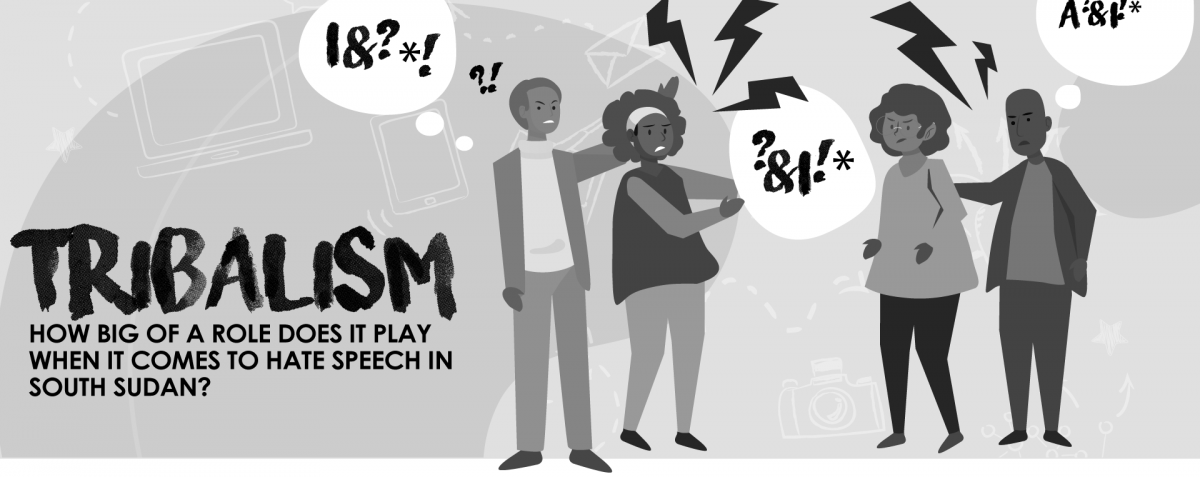Introduction
In the complex landscape of decision-making, various mental models shape our thought processes and influence our choices. One such pervasive model is tribalism—a deeply rooted phenomenon in human psychology. Tribalism refers to the tendency of individuals to form strong attachments to social groups, often leading to biased thinking and irrational decision-making. This blog post explores the concept of tribalism, its relevance in decision-making, and its prevalence in our day-to-day lives. By understanding the causes and consequences of tribalism, we can equip ourselves with tools to navigate this mental trap and make more objective choices.
Defining Tribalism and Its Role in Decision-Making
Tribalism can be defined as the instinctual inclination to identify with and support a particular group, often at the expense of rationality or objectivity. Humans have evolved as social creatures, relying on group cohesion for survival and prosperity. While this evolutionary adaptation has its merits, it can lead to biased decision-making when taken to extremes.
Tribalism is relevant in decision-making processes because it affects how we perceive information, evaluate arguments, and interact with others. When we strongly identify with a particular group, be it based on nationality, political affiliation, or even sports teams, we tend to favor our own group and dismiss or ignore conflicting information or perspectives. This bias can hinder critical thinking, impede collaboration, and perpetuate echo chambers where individuals reinforce their own beliefs without considering alternative viewpoints.
Examples of Tribalism in Various Contexts
Personal Life Decisions:
In personal life decisions, tribalism can manifest in our choice of friends, partners, or even hobbies. For instance, if we belong to a certain social or economic class, we may feel more comfortable interacting with individuals from a similar background and dismiss opportunities to broaden our horizons. This tribalistic tendency limits our exposure to diverse perspectives and impedes personal growth.
Business Scenarios:
In the business world, tribalism can influence decision-making at both individual and organizational levels. For example, when making hiring decisions, managers may unconsciously favor candidates from their own alma mater or industry, disregarding potentially talented individuals from different backgrounds. Such biases hinder diversity and innovation, negatively impacting the company’s long-term success.
Public Policy-Making:
Tribalism also plays a significant role in public policy-making. Political polarization is a prime example, where individuals strongly align with a particular ideology, often demonizing opposing viewpoints. As a result, policy decisions become more about satisfying the desires of one’s tribe rather than serving the greater good. This can hinder progress and compromise effective governance.
Mental Biases and Psychological Underpinnings of Tribalism
Tribalism is closely intertwined with several mental biases that contribute to its prevalence. Confirmation bias, for instance, leads individuals to seek information that confirms their pre-existing beliefs and dismiss contradictory evidence. Availability bias affects our decision-making by favoring readily available information and overlooking more accurate or relevant data. These biases perpetuate tribalistic thinking by reinforcing existing beliefs and dismissing dissenting opinions.
Psychologically, tribalism taps into our deep-seated need for identity, belonging, and social validation. By associating ourselves with a particular group, we derive a sense of purpose, security, and self-worth. Additionally, cognitive dissonance—the discomfort experienced when holding contradictory beliefs—often drives individuals to align themselves more strongly with their tribe, further entrenching tribalistic thinking.
Identifying and Avoiding Tribalism
Recognizing when we are succumbing to tribalism is crucial for overcoming its influence on decision-making. Here are practical strategies to help identify and mitigate tribalistic tendencies:
Self-Reflection and Awareness:
Develop self-awareness by critically examining your own beliefs, biases, and the groups you identify with. Ask yourself whether your decisions are driven by rationality or influenced by tribalistic thinking.
Seek Diverse Perspectives:
Actively expose yourself to alternative viewpoints and sources of information. Engage in respectful discussions with individuals from different backgrounds to broaden your understanding and challenge your own assumptions.
Challenge Confirmation Bias:
Make a conscious effort to seek out evidence that contradicts your beliefs. Embrace intellectual humility and be open to changing your opinions when presented with compelling arguments or new information.
Encourage Constructive Dialogue:
Promote respectful and constructive conversations within your social circles. Encourage others to express dissenting opinions and foster an environment that values diverse perspectives.
Conclusion
Tribalism, deeply rooted in human psychology, exerts a powerful influence on our decision-making processes. Its prevalence can be observed in personal life decisions, business scenarios, and public policy-making, often leading to irrational choices that undermine our best interests. By understanding the mental biases and psychological underpinnings that contribute to tribalism, we can actively identify and mitigate its effects. By cultivating self-awareness, seeking diverse perspectives, challenging confirmation bias, and promoting constructive dialogue, we can overcome tribalism’s limitations and make more informed and objective decisions. Ultimately, awareness and active avoidance of this mental trap can lead to better outcomes for individuals, organizations, and society as a whole.
